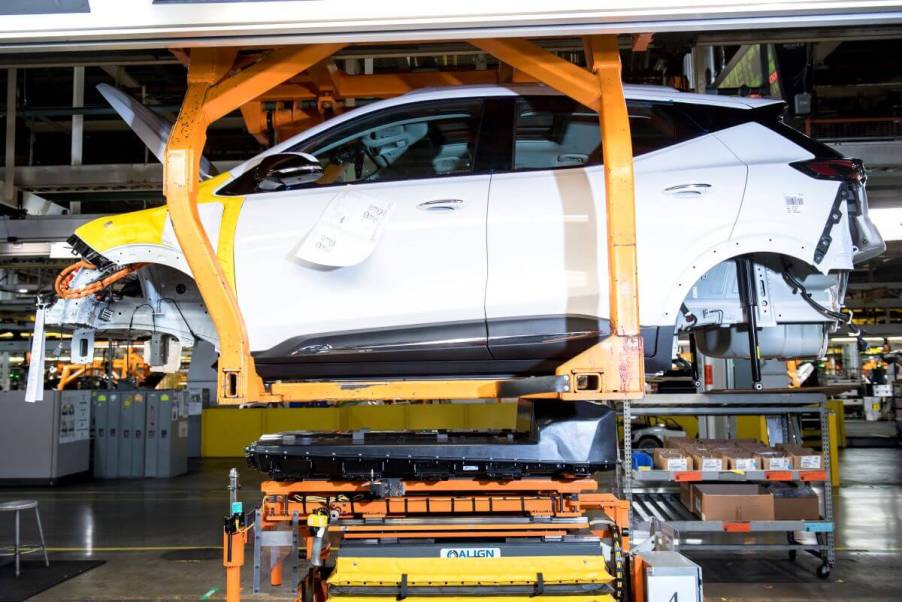
Electric Car Sales: Ford and GM Are Going in Opposite Directions
In recent years, electric vehicles have become an increasingly popular choice for consumers looking to reduce their carbon footprint and save on fuel costs. However, two of the biggest players in the automotive industry, Ford and General Motors, seem to be going in opposite directions regarding EV sales. We’ll explore the reasons behind Ford and GM’s differing approaches to electric car sales and what it could mean for the industry as a whole.
Recent data in the electric car sales market
The all-electric car market has seen some exciting shifts in recent sales data, with Ford slipping to fifth place while General Motors has taken over second place. According to the first quarter of 2023 sales data, Tesla continues to lead the pack with an impressive 161,630 EVs sold. However, CNBC states that GM has emerged as a serious contender, claiming second place with 20,670 EVs sold. Hyundai, which includes Kia and Volkswagen, also outpaced Ford during the period, with 14,703 and 14,196 EVs sold, respectively.
Ford’s sales in the first quarter took a noticeable dip, causing it to drop to fifth place in the rankings. This news may surprise some, as Ford has been making significant investments in the electric vehicle market, including the development of the Mustang Mach-E compact SUV and F-150 Lightning pickup truck. It remains to be seen whether Ford’s recent dip in sales is a temporary setback or a sign of larger challenges ahead. Meanwhile, GM’s strong showing indicates it is positioning itself as a formidable player in the all-electric car market.
Why Ford EV sales have slipped
Ford’s recent slip in EV sales can be attributed to several factors. Firstly, their production was impacted by downtimes, causing delivery delays and overall sales. The Mustang Mach-E, one of Ford’s flagship EVs, experienced a 19.7% decrease in sales during the first quarter, largely attributed to production downtimes.
Additionally, Ford had to retool one of its factories to double its production capacity to 210,000 per year, which may have impacted production and contributed to the delays. Lastly, the highly anticipated Ford F-150 Lightning pickup faced a setback when it lost about five production weeks due to a battery fire, further delaying deliveries and potentially hurting sales.
All of these factors combined have led to a decline in Ford’s overall EV sales, dropping them to fifth place in the rankings for Q1 2023. However, with their recent production upgrades, Ford may be able to regain momentum and climb back up the rankings. In contrast, GM has been ramping up its EV production with an aggressive strategy to help it secure its position as one of the leading EV manufacturers in the world.
GM’s plans to catch up to Tesla in the EV market
Although General Motors has taken over second place in all-electric car sales, it still has a long way to go to catch up to Tesla’s lead in the EV market. Tesla plans to expand its production to 20 million EVs per year by 2030. GM’s success in the EV market is primarily attributed to its Chevrolet Bolt models, which start at under $30,000 and feature older batteries. However, GM is looking to expand its offerings with the GMC Hummer and Cadillac Lyriq, both of which feature Ultium-based platforms.
GM has set ambitious goals for its EV sales in 2023, with plans to sell 50,000 units in the year’s first half and even more in the second half. This is due to the ramping up of Lyriq production and the expected release of an electric version of the Chevrolet Silverado later in 2023. It will be interesting to see how these initiatives affect GM’s position in the market for all-electric vehicles in the upcoming years.



